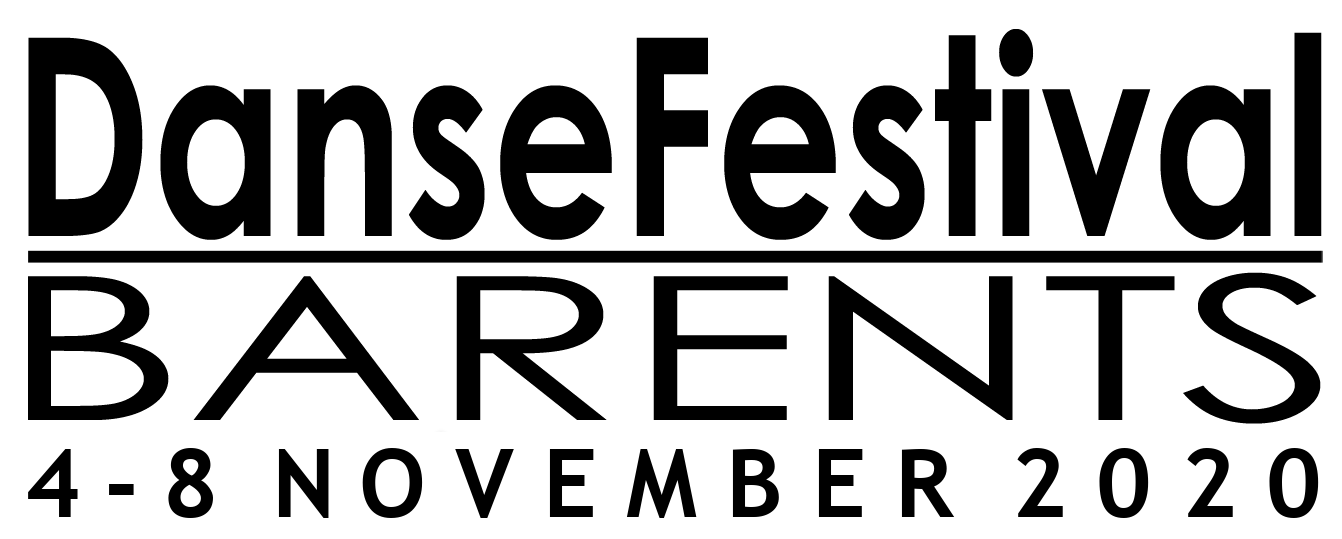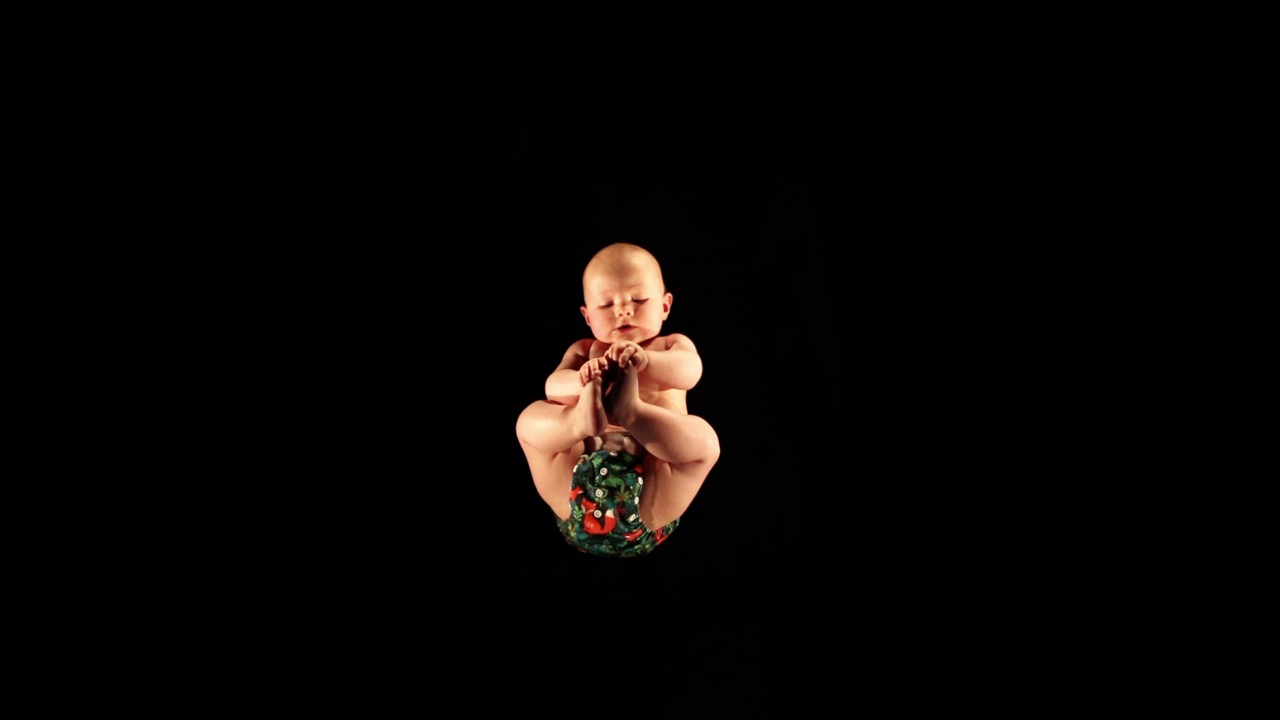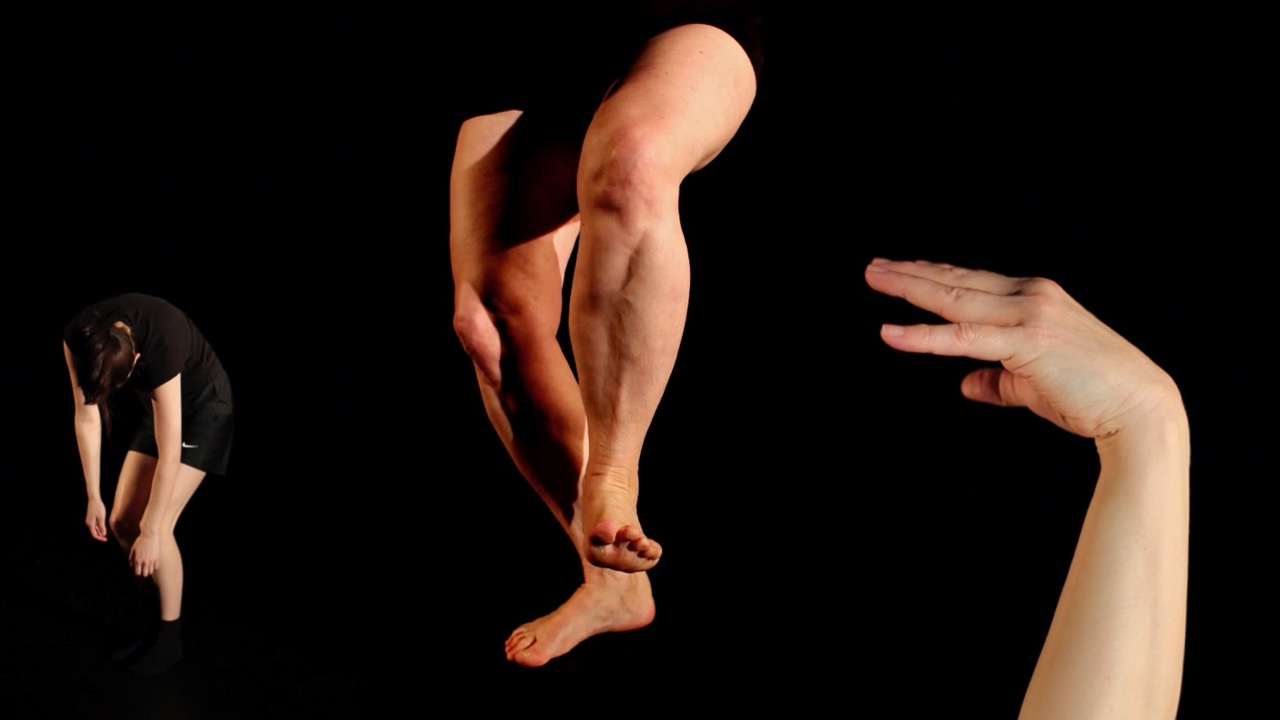Jonas Lichinger Jessen has a mastersdegree in audio design from Århus Universitet and a bachelor degree in communications from Roskilde Universitet, Denmark. He is a previous student of Den Europeiske Filmhøyskole (EFC) in Ebeltoft and has studied at Film- og medieutdanningen at Copenhagen´s University. He has worked with sound and sound design for interactive and linear media since 2004, and been actively creating his own series of radio visual productions.
Jessen talks about his work:
Everyone who works with audiovisual media combines image and sound with the purpose of making an impression on their audience. It is a recontextualization of images and sound that will create a 'meaningful other'. Recontextualization fools the audience's perceptions and their cognitive processes to achieve this. Image and sound can compliment each other so that the audience's perception experiences sound and image as a whole (It creates cognitive resonance). They can also be combined to create a break with the audience's perceptual expectations (a cognitive dissonance). Between the cognitive resonance and dissonance, there is this 'meaningful other' and the attempt to create a narrative. Within this framework, every audiovisual entity exists.
When I combine sound and image, I like to enter the questionable area between dissonance and resonance. The area where the obvious meaning still exists, but where can be negotiated with the audience. When does the sound reveal itself and release its resonating grip on the image and vice versa? When does audiovisual experience as sound and image separate and when does it merge?





